





Commercetools to Shopify
Migrating your store from Commercetools to Shopify might seem daunting, but with proper planning and the right tools, it's a smooth process. Follow this step-by-step guide to ensure a successful transition.
Schedule a call
Step-by-Step Migration Guide: Commercetools to Shopify Migration Guide
Step 1: Pre-Migration Data Audit
Conducting a thorough data audit is crucial before initiating the migration process to ensure all necessary data is accounted for and properly structured for the transition from Commercetools to Shopify.
Step 2: Backup Existing Data
Creating a full backup of your Commercetools data is essential to safeguard against data loss during the migration process. This step ensures that you have a restore point if anything goes wrong.
Step 3: Set Up Your Shopify Store
Establishing your Shopify store involves creating an account, selecting a plan, and configuring basic settings, which are essential for a seamless transition from Commercetools.
Step 4: Data Mapping and Migration Planning
Effective data mapping is critical to ensure that all data from Commercetools aligns correctly with the corresponding fields in Shopify during the migration process.
Step 5: Execute the Data Migration
Executing the data migration involves transferring the mapped data from Commercetools to Shopify, ensuring all information is accurately captured and structured.
Step 6: Post-Migration Testing
Conducting thorough post-migration testing is essential to ensure that all functionalities are working correctly and that the migrated data is intact.
Step 7: Launch and Monitor Your Shopify Store
After testing, we are ready to launch the Shopify store. Continuous monitoring post-launch is vital for identifying any emerging issues and ensuring optimal performance.
Power Your Step - Get in Touch
Ready to take the next step? Contact PowerCommerce for expert support in your migration journey.
Step 1: Pre-Migration Data Audit
Before embarking on the migration from Commercetools to Shopify, we must conduct a comprehensive data audit. This step is vital to identify the types of data we will be transferring, including products, orders, customers, and more. It ensures that all necessary information is accounted for, structured correctly, and ready for migration. A thorough audit also helps us identify any inconsistencies or outdated data that may need to be cleaned up before the migration begins.
To perform a data audit, we will follow these steps:
- Identify Data Types: List all entities that need to be migrated. This typically includes:
- Products (including images, descriptions, SKUs, etc.)
- Categories
- Customers (names, email addresses, etc.)
- Orders and order histories
- Manufacturers
- CMS pages and blog content
- Reviews and ratings
- Data Integrity Check: Verify that all data is accurate and up-to-date. This may involve cross-referencing with existing databases and identifying duplicates or obsolete entries.
- Data Structure Preparation: Ensure that the data is structured in a way that is compatible with Shopify. This may involve reformatting fields or creating additional data points that Shopify requires.
During this phase, we will also determine the best methods for data cleaning and restructuring, if necessary. Proper planning at this stage will save time and reduce complications later in the migration process.
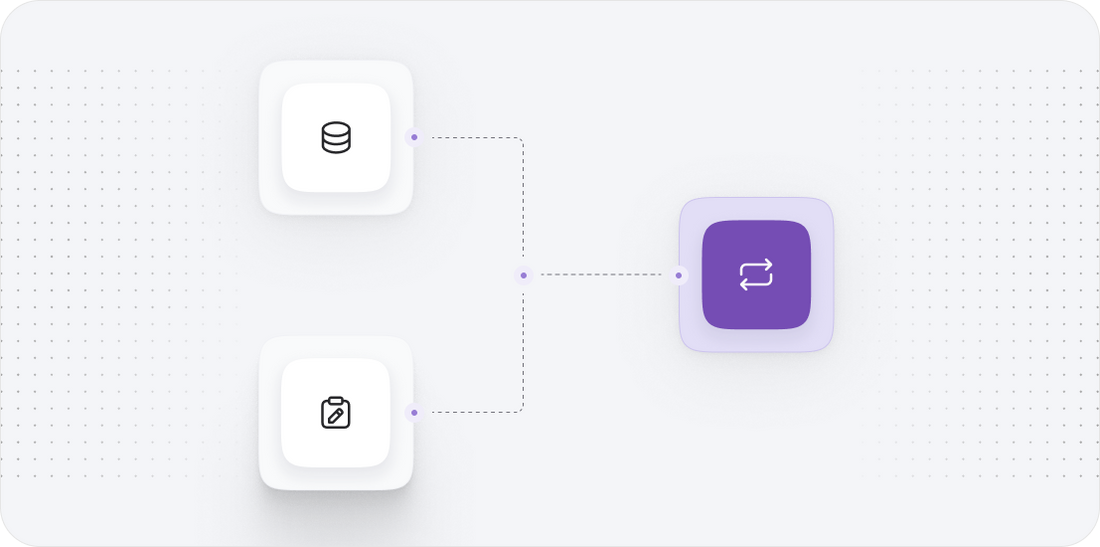
Step 2: Backup Existing Data
Before initiating the actual migration, we must create a complete backup of our existing Commercetools data. This step is crucial as it protects us from potential data loss and allows us to restore our store to its previous state should anything go awry during the migration. With a solid backup in place, we can proceed with confidence.
To back up the data, we will follow these procedures:
- Export Data: Use Commercetools' API or Management Console to export all necessary data types. This typically includes:
- Products
- Categories
- Customers
- Orders
- Other relevant entities
- Store Data Securely: Save the exported data in a secure location, ensuring it is easily accessible for future retrieval. Consider using cloud storage or external hard drives for redundancy.
- Verify Backup Integrity: After creating the backup, check the integrity of the exported files to confirm that all data has been captured correctly and is not corrupted.
Having this backup will not only provide peace of mind but also serve as a reference point during the migration process, should we need to compare data or retrieve specific information.

Step 3: Set Up Your Shopify Store
Once the backup is complete, we can begin setting up our new Shopify store. This phase is essential for ensuring that the new environment is ready to receive the migrated data from Commercetools. We will start by creating a Shopify account and selecting an appropriate plan based on our business needs.
The setup process involves the following steps:
- Create a Shopify Account: Visit the Shopify website and sign up for a new account. Choose a plan that aligns with your expected sales volume and business model.
- Configure Basic Settings: After creating the account, we need to configure essential store settings, including:
- Store name and address
- Payment gateways
- Shipping settings
- Tax settings
- Select a Theme: Choose a theme that reflects your brand’s identity. Shopify offers a variety of free and paid themes that can be customized to fit our aesthetic.
- Set Up Domain: If you have a custom domain name, configure it to point to your new Shopify store. This step ensures customers can find our store at the correct web address.
By completing these setup tasks, we will establish a solid foundation for our new store, ready to accept data from Commercetools.
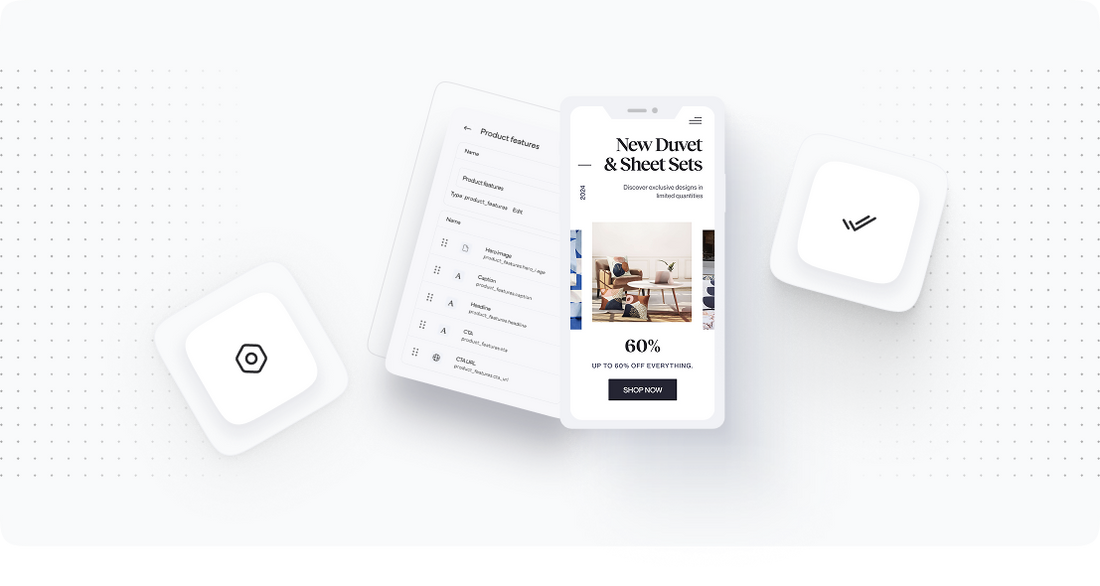
Step 4: Data Mapping and Migration Planning
Data mapping is a crucial step in the migration process, as it ensures that all data from Commercetools aligns correctly with the corresponding fields in Shopify. Without accurate mapping, we risk data inconsistencies or loss during the transfer. In this step, we will define how each data type will be transferred and transformed to fit the Shopify structure.
The mapping process involves the following actions:
- Identify Corresponding Fields: Review the data structures of both platforms to identify how Commercetools fields correspond to Shopify fields. This includes:
- Product titles and descriptions
- Image URLs
- SKU numbers
- Customer details
- Document Mapping Strategy: Create a mapping document that outlines how each type of data will be migrated, specifying any transformations needed (e.g., changing category names or formats).
- Plan for Data Transformations: Identify any data transformations that may be necessary, such as:
- Changing data formats (e.g., dates and currencies)
- Splitting multi-value fields into separate entries
- Removing unnecessary data that may not be relevant in Shopify
Having a clear data mapping and migration plan will streamline the data transfer process, minimizing errors and ensuring that all information is accurately represented in the new Shopify store.
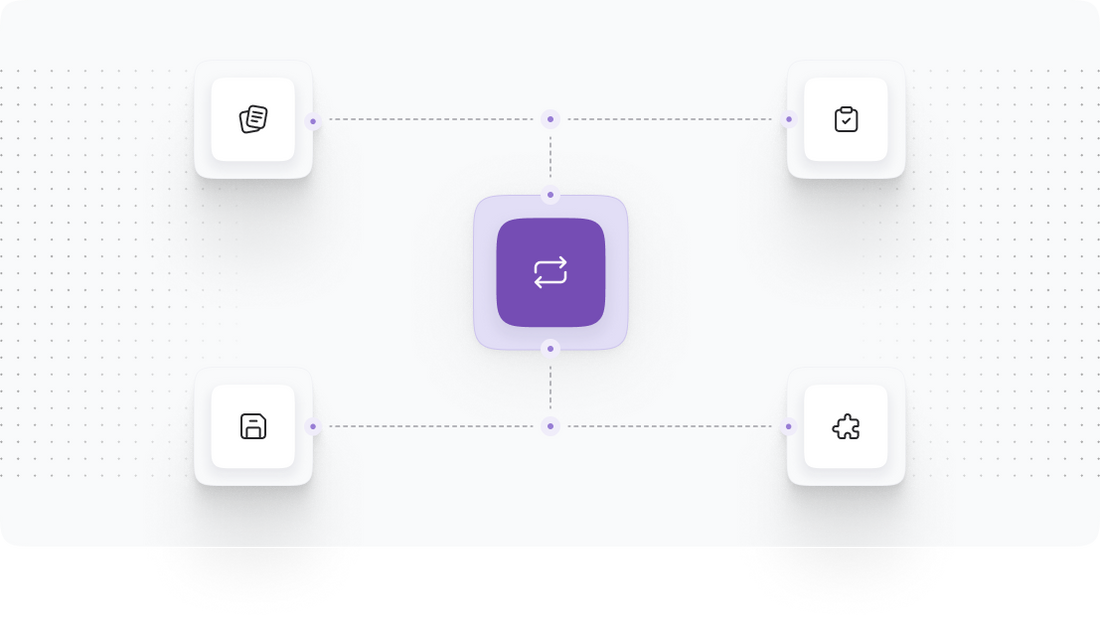
Step 5: Execute the Data Migration
With our data mapping complete and our Shopify store set up, we are now ready to execute the data migration from Commercetools to Shopify. This step is where we will transfer all the mapped data, ensuring that everything is accurately captured and structured to align with Shopify's requirements.
The migration execution will involve the following steps:
- Choose a Migration Method: Depending on the volume and complexity of data, we can choose from the following migration methods:
- Automated migration tools that can handle large volumes of data efficiently
- Manual migration for smaller datasets or specific custom entries
- Run Migration Scripts: If using automated tools, follow the instructions to run the migration scripts. Monitor the process to ensure there are no errors.
- Verify Data Transfer: After migration, verify that all data has been correctly transferred. This involves checking a sample of entries in Shopify to ensure:
- Product information is complete and accurate
- Customer data is intact
- Order histories are correctly recorded
In case of any discrepancies or issues, we can refer back to our backup and mapping documents to troubleshoot and rectify the problems swiftly.
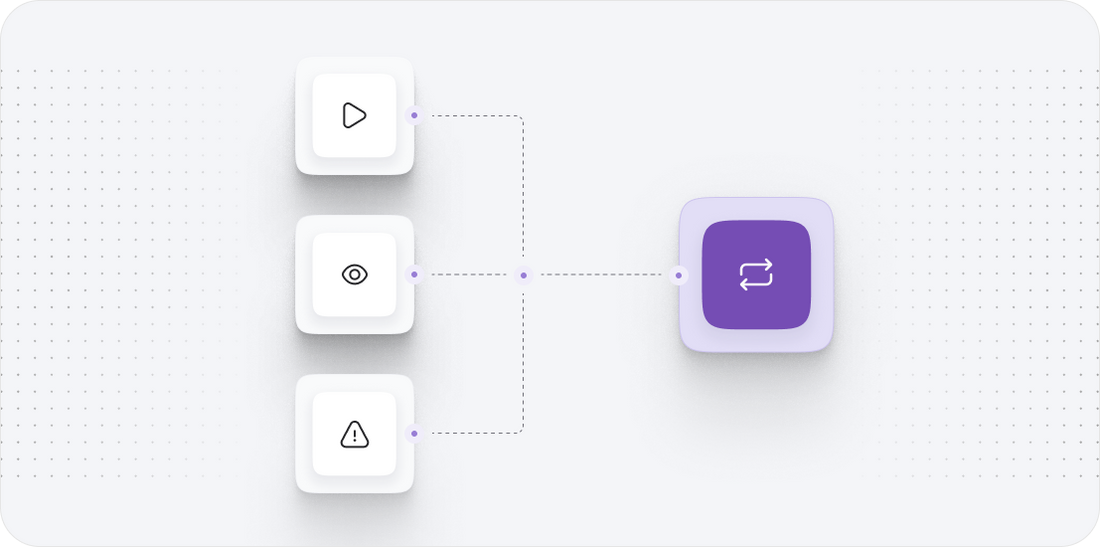
Step 6: Post-Migration Testing
Once the data migration is complete, we must conduct thorough post-migration testing to ensure that all functionalities of the Shopify store are working correctly and that the migrated data is intact. This step is critical in identifying any issues that may have arisen during the migration process.
The testing process will include the following actions:
- Functional Testing: Test all key functionalities of the Shopify store, including:
- Product displays and categorization
- Shopping cart and checkout processes
- Payment processing and order confirmation emails
- Customer account creation and login
- Data Integrity Checks: Verify a sample of migrated data against the original data in Commercetools to ensure accuracy. Check for:
- Correct product details (titles, descriptions, prices)
- Customer records (names, emails, order histories)
- Category structures and relationships
- Performance Testing: Assess the performance of the Shopify store under various conditions to ensure it can handle expected traffic loads without issues.
By conducting these tests, we can identify and resolve any issues quickly, ensuring that the transition to Shopify is smooth and successful.
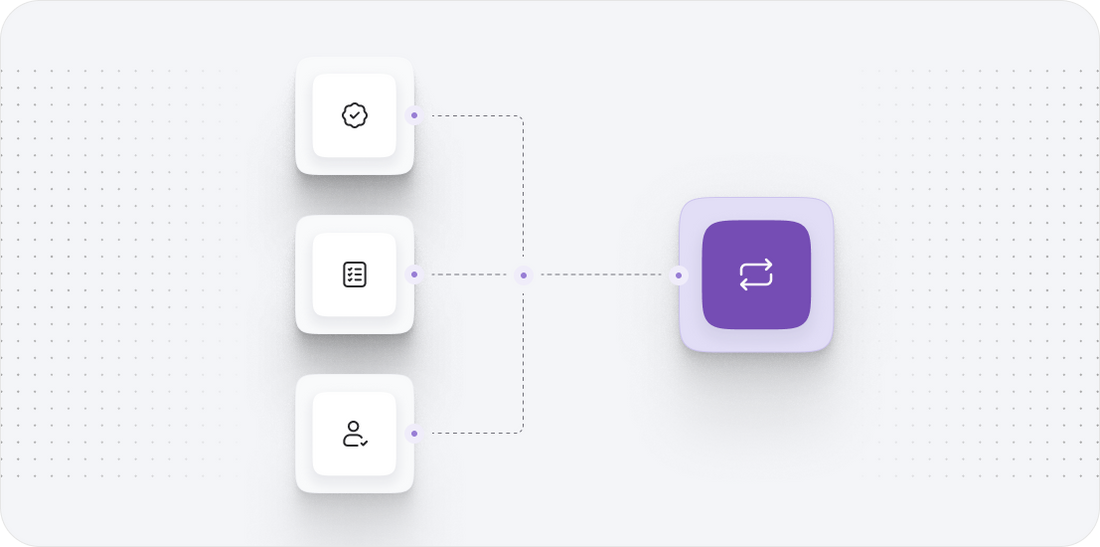
Step 7: Launch and Monitor Your Shopify Store
With thorough testing completed and all systems functioning correctly, we are now ready to launch our new Shopify store. This step entails making the store live to customers and ensuring that everything operates smoothly from a user perspective.
The launch process will include the following steps:
- Set Launch Date: Coordinate a launch date that minimizes disruption to customers. Consider launching during off-peak hours to manage potential issues more effectively.
- Go Live: Make the Shopify store live by removing any password protection and directing traffic to the new site.
- Monitor Performance: After launch, actively monitor the store to identify any emerging issues. Key areas to focus on include:
- Website speed and performance
- Customer interactions and feedback
- Order processing and fulfillment
- Implement Quick Fixes: Be prepared to address any issues that arise quickly. This may involve troubleshooting technical problems, updating product information, or adjusting settings based on customer feedback.
Ongoing monitoring will help us ensure that our new Shopify store operates efficiently and meets our business goals.

Power Your Step - Get in Touch
At PowerCommerce, we understand that migrating from Commercetools to Shopify can be a complex process. Our experienced team is here to support you every step of the way, ensuring a seamless transition that minimizes downtime and optimizes performance.
Don’t hesitate to reach out to us for personalized migration support. Here’s how you can get in touch:
- Visit our contact page to fill out your details and submit your query.
- Call us directly at 800-099-9090 for immediate assistance.
- Email us at info@powercommerce.com to discuss your migration needs and set up a consultation.
Let us help you power your ecommerce growth with our expert migration services. Your success is our motivation, and we are committed to delivering exceptional results!
Stay aligned on what's happening in the commerce world
Trusted by 1000+ innovative companies worldwide
Schedule Your Migration Today
For businesses prioritizing simplicity, scalability, and robust support, Shopify is the clear winner.
Looking to migrate without hassle? Power Commerce can handle the entire process, ensuring smooth data transfer, store setup, and post-launch success.
Marka Marulića 2, Sarajevo, 71000 BiH
00387 60 345 5801
info@powercommerce.com


